How to Wash the Dishes Correctly
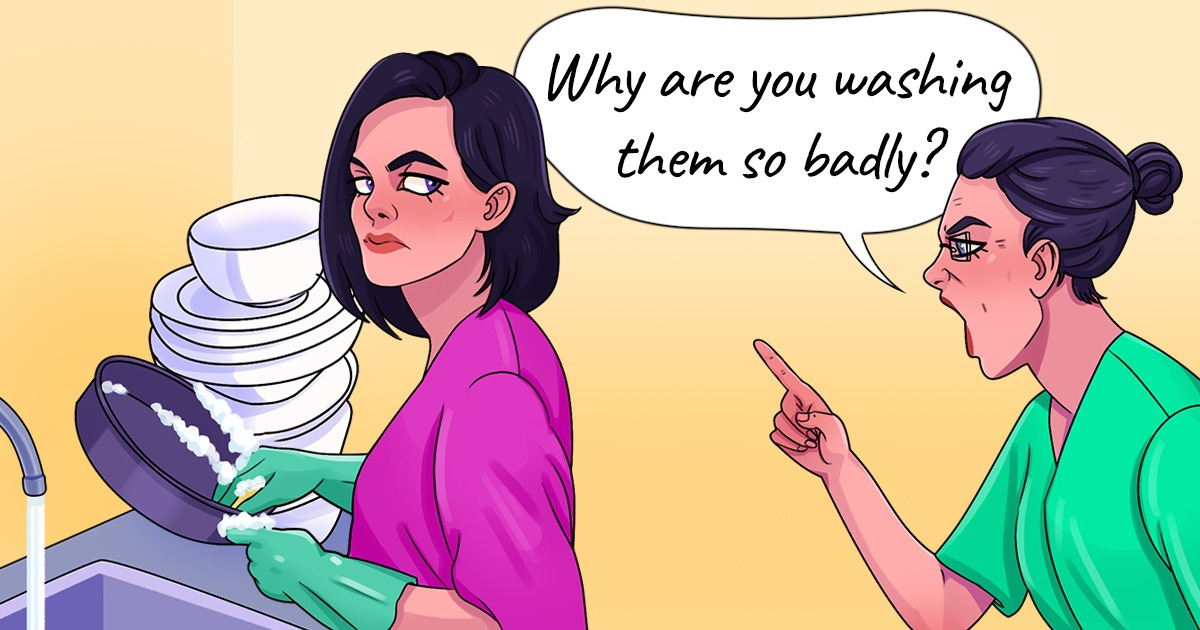
Many of us wash the dishes several times a day. But few of us think about if we’re actually doing it correctly. And as it turns out, there are quite a few nuances in this seemingly easy activity.
With 5-Minute Crafts, you’ll learn how to do the dishes correctly.
Ways to do the dishes
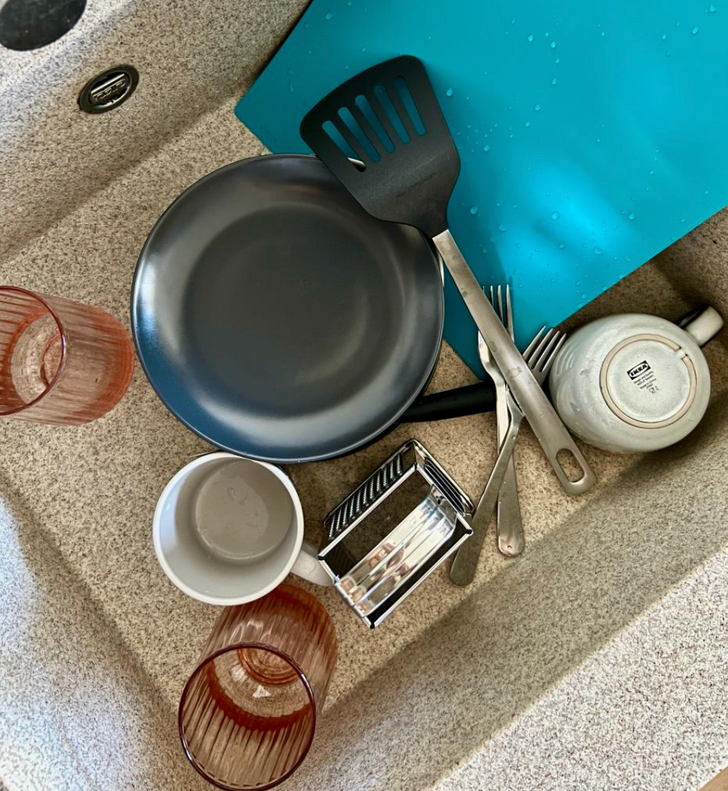
Dishes can be washed the following ways:
- In a dishwasher
- With the hands
There 2 most widespread methods of washing the dishes with the hands:
- You can fill the sink or a special dishpan with water and dilute dishwashing liquid in it.
- The dishwashing liquid is applied to the sponge or directly to the dishes. This method is called the “neat” method.
Regardless of how you choose to wash your dishes, there are a few general rules.
How often the dishes should be washed
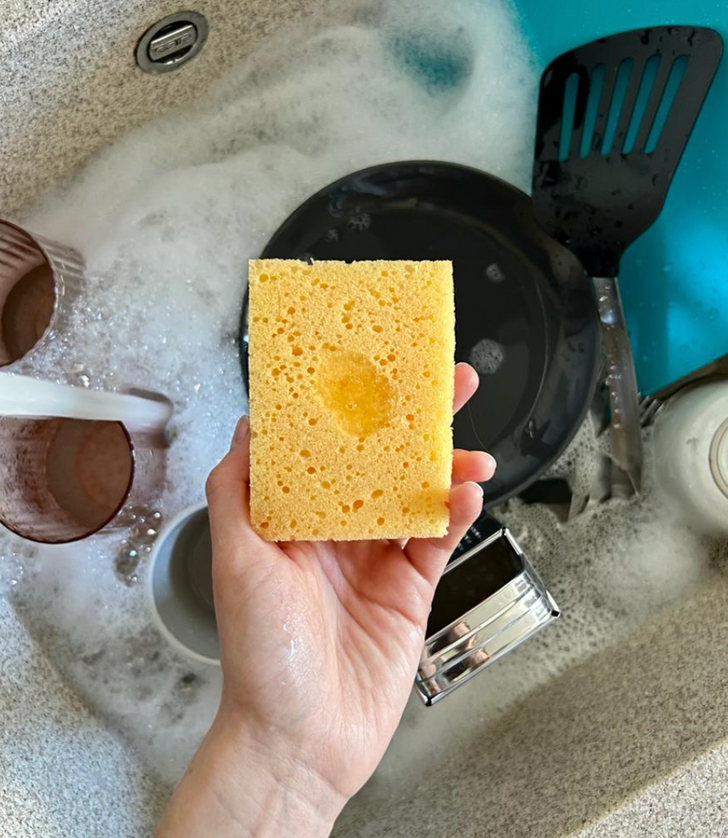
- If you wash dishes by hand, do so at least once a day. This way, you can avoid the hard drying of food residue. Timely washing prevents the growth of bacteria and fungi in the leftover food, where insects and other pests can also appear. If possible, you can wash the dishes after each meal and at the end of each cooking session.
- If you are using a dishwashing machine, you can wash the dishes every other day. The water in the machine heats up to a temperature that kills all bacteria.
What you need
In order to handwash the dishes easily and thoroughly, you’ll need:
- A sink
- Warm water
- Dishwashing soap
- A sponge for washing the dishes
- A dishcloth
- A dish brush
- A steel brush
- Towels
- Gloves (optional)
In order to do the dishes in the dishwasher, you’ll need:
- A dishwasher
- Dishwasher detergent
- A rinse aid (optional)
Handwashing
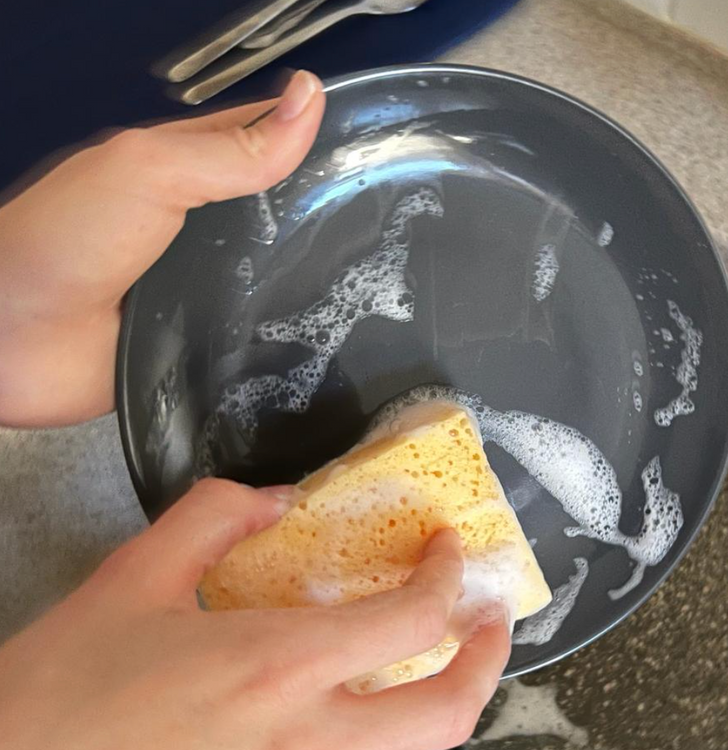
- Remove any leftover food from the dishes. To do this, you can use a rubber spatula or paper towel. If there are stuck-on or burnt foods, soak these dishes before washing. For that, add a dishwashing detergent or baking soda into the sink or directly into the dish to be washed and then fill with hot water. Soak for 15-30 minutes. Never drain the water with food leftovers — it can lead to clogging.
- Fill the sink or dishpan with warm water and add the dishwashing detergent. Read the label carefully and strictly follow the indicated dosage. If the product is concentrated, you will only need a bit of it. Dip several dishes in the sink at once. While you wash one, the others will get a little soaked. If the water cools, becomes greasy, or loses foam, drain it and refill the sink or the dishpan.
- Start to wash the dishes from lightly soiled items. Usually, those are glasses, cups, and cutlery. First, wash them, then plates, bowls, and serving dishes. It will be easier to wash the dishes if you keep them under the water. Make sure to pull each dish out of the water to check for missed spots. Pots and pans are normally washed last. If you have already soaked them, the washing process should be easier, as the baked-on foods will have gotten soft by this moment. Wash kitchen knives extremely carefully and don’t put them in the sink. Take these items one by one, wash them, and remove them right away.
- Rinse the foam and the leftovers of the detergent with clean water. You can do it by dipping the dishes into the sink or a dishpan with clean water or by placing them under running water. If you have a double sink, use the second sink for rinsing the already-washed dishes. Make sure to rinse the dishes well on the inside, especially with bowls and cups.
- It’s easier to air-dry the dishes than dry them with a towel. However, a clean towel will remove stains and streaks on the washed dishes. If the towel gets wet while wiping the dishes, replace it. You can also use paper towels for drying the dishes. They are perfect for pots and pans, especially if they have leftover traces of grease.
- Clean up the surrounding area — wash and wipe the sink, dish drain, and dishpan. Dishcloths and sponges should be rinsed and wrung out well. They should be air-dried and washed in the washing machine. Make sure to replace these items in time.
- Put clean dishes away as soon as they get dry. This will prevent them from picking up dust, grease, and dirt.
How to load the dishwasher
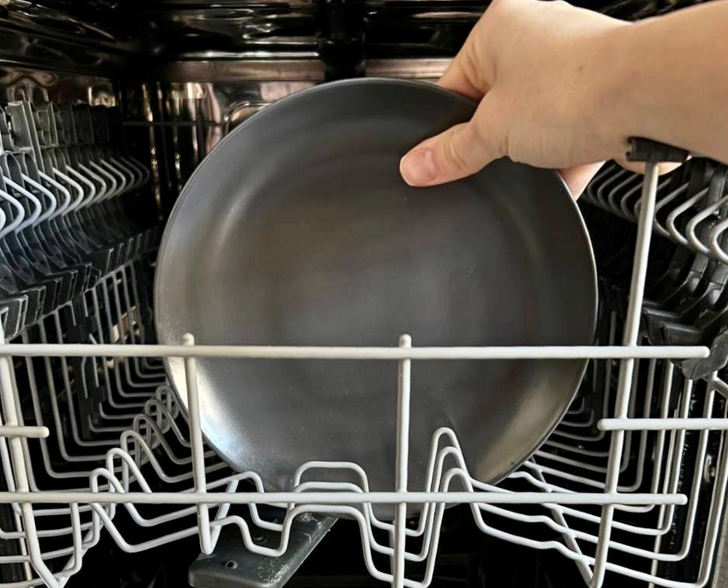
In order to prevent your dishes from spoiling and to make sure they are cleaned well in the dishwasher, follow these rules:
- Large items, such as a cutting board, should be placed on the bottom edges.
- Bowls should be placed on the top rack, upside down, at a slight angle.
- Plates should be put on the bottom rack, alternating large and small ones, one after another. This provides a better water flow.
- Place cutlery into a special holder. Make sure to leave enough space between the items. Alternate between facing forks and spoons face-up or face-down. This will also provide a better water flow. Place knives with the sharp end down so that they don’t damage other items.
- If your pots and pans are dishwasher friendly, place them on the bottom rack, upside down.
- Thin, glass items can be placed on the safety rack if your dishwasher has one. Otherwise, they should be hand washed.
- Place your cups and glasses upside down between the tines. It will keep them in the place.
- Other items can be placed wherever possible. Remember that the bottom rack heats up more than the upper one. That’s why experts recommend putting plastic dishes on the top.
It’s important to remember:
How to wash the dishes with a dishwasher
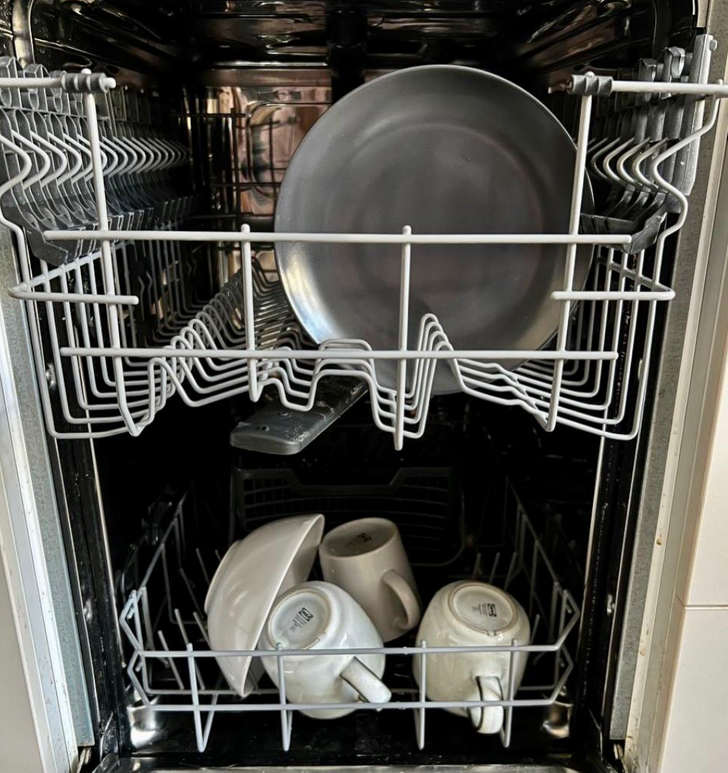
- Remove food leftovers from the dirty dishes — sometimes they should be rinsed for that. Always rinse the to-be-washed dishes if you use the dishwasher only several times a day. Otherwise, the food may stick to the surface, and even the dishwasher can’t handle this. In addition, very dirty dishes will smell bad.
- Load the dishwasher. Make sure to follow the steps described above.
- Add the necessary amount of washing detergent into a special slot and close it.
- If there is a rinse aid dispenser in your dishwasher, you can add this too. It will help to prevent stains and streaks from forming on clean dishes.
- Set the necessary parameters and start the machine. You can use an everyday or eco mode for standard washing. But if your dishes are extra dirty, set the necessary settings yourself.
- After the dishwasher has finished the cycle, unload it and check the cleanliness of the dishes.
- If you notice food residue in the filter or on the drainage surface, remove the dirt.
Share This Article